Tennant Creek: Gold, Grit and a Bit of Heart
Rolling into Tennant Creek, we weren’t quite sure what to expect. The town’s reputation had reached us long before the highway did. A bit rough around the edges, travellers said. And maybe that’s fair. But what we found was a community working hard to turn things around, and a history that runs deeper than most people realise.
We stayed the night at a caravan park ringed by an electric fence, which was a first for us. It felt strange at first, but once we settled in, we realised it was less about fear and more about reassurance. The fence kept both us and our home on wheels safe, and the staff were warm and welcoming. Once we’d parked, curiosity took over and we headed off to explore.
The Battery Hill Mining Centre, which doubles as the visitor information centre, became the highlight of our visit. It was quiet when we arrived, so we ended up with a personal tour guide who walked us through the old mine shafts and the town’s golden past. We learnt that Tennant Creek’s gold isn’t your average soft-rock story, it’s mined from ironstone, one of the hardest stones around. Extracting it took grit, determination, and a fair bit of ingenuity.
The site is part museum, part working exhibit, and full of stories about the boom years, the busts, and the people who persevered through both. Standing in the old mine tunnel, surrounded by rust-red walls, it was easy to imagine the noise, the dust, and the thrill of chasing fortune underground.
Around town, we found more surprises! The Nyinkka Nyunyu Art and Culture Centre showcases Warumungu art and culture beautifully, while the Telegraph Station, just north of town, offers a look back at the early overland days. There’s also Lake Mary Ann (Tingkkarli), a quiet local spot for picnics and swimming when the weather’s right.
That night we ate at the Tennant Creek Memorial Club. A solid meal, friendly service, and plenty of security at the door. It’s the kind of place where everyone gets a nod and no one goes thirsty.
Tennant Creek might not be polished, but it’s real. It’s a place of progress, resilience, and stories that reach back through the dust. If you look past the headlines, you’ll find a town with plenty of heart and a community proud of its roots.
We’d heard the usual warnings about Tennant Creek, but like most places, the reality felt different on the ground. We stayed alert. Locked up the moho, kept valuables tucked away, but never once felt unsafe. The locals we met were friendly, proud, and more than happy to chat about the town’s progress. It’s good advice anywhere in the outback: be aware, not afraid. Don’t believe every horror story you hear at the last roadhouse. Go see it for yourself.
If you enjoy honest stories from Australia’s backroads, join our Travel Dispatch — the unfiltered version of life on the road.
Tennant Creek
Tennant Creek sits in the heart of the Northern Territory, roughly halfway between Darwin and Alice Springs. Once a booming gold-mining centre, it’s now a working outback town balancing history, culture, and community renewal.
How to Get There
Located on the Stuart Highway, Tennant Creek is around 500 km north of Alice Springs or 990 km south of Darwin. The road is fully sealed, and the town offers all essential services for travellers.
What to See, Tours and Activities
What we did:
Toured the Battery Hill Mining Centre and learnt about gold mining through ironstone.
Explored local heritage displays and chatted with the friendly staff at the visitor centre.
Enjoyed dinner and a quiet drink at the Tennant Creek Memorial Club.
Other highlights you might explore:
Nyinkka Nyunyu Art and Culture Centre – rich Warumungu art, culture, and community storytelling.
Lake Mary Ann (Tingkkarli) – a peaceful recreation area 5 km north of town.
Tennant Creek Telegraph Station – one of the Territory’s most significant historic sites.
Bill Allen Lookout – panoramic views of town and the surrounding ranges.
When to Visit
Best from April to September when the weather is mild, the skies clear, and travel conditions are ideal. Summer brings high heat and occasional storms.
Final Thoughts
Tennant Creek is one of those stops that stays with you. Beneath the surface, it’s a town full of hard work, pride, and quiet transformation. It might look tough from the outside, but give it a little time — and it’ll surprise you.
What’s Nearby
Heading south from Tennant Creek takes you toward Alice Springs, through classic Territory landscapes and wide-open skies. Go north, and you’ll find Daly Waters and its famous outback pub.
Want the stories we don’t publish anywhere else? Join our Top Secret Travel Dispatches for behind-the-scenes tales from the long road north.
Fast Facts
Location: Tennant Creek, Northern Territory
Distance: 500 km north of Alice Springs, 990 km south of Darwin
Traditional Owners: Warumungu People
Access: Fully sealed via the Stuart Highway
Facilities: Fuel, supermarkets, pubs, cafes, caravan parks, visitor centre, hospital
Walking Track: Bill Allen Lookout trail and short paths at Lake Mary Ann
Dog Friendly: Permitted at most caravan parks and designated public areas (leashed)
Best Time to Visit: April – September
Things That Could Kill You (Probably Won’t)
A semi-serious guide to surviving Australia. Mostly common sense, occasionally luck.
Ironstone: Harder than your patience. Don’t drop it on your foot.
Electric Fences: Not a metaphor. Don’t test them.
Gold Fever: Catchy. There’s no cure, just good stories.

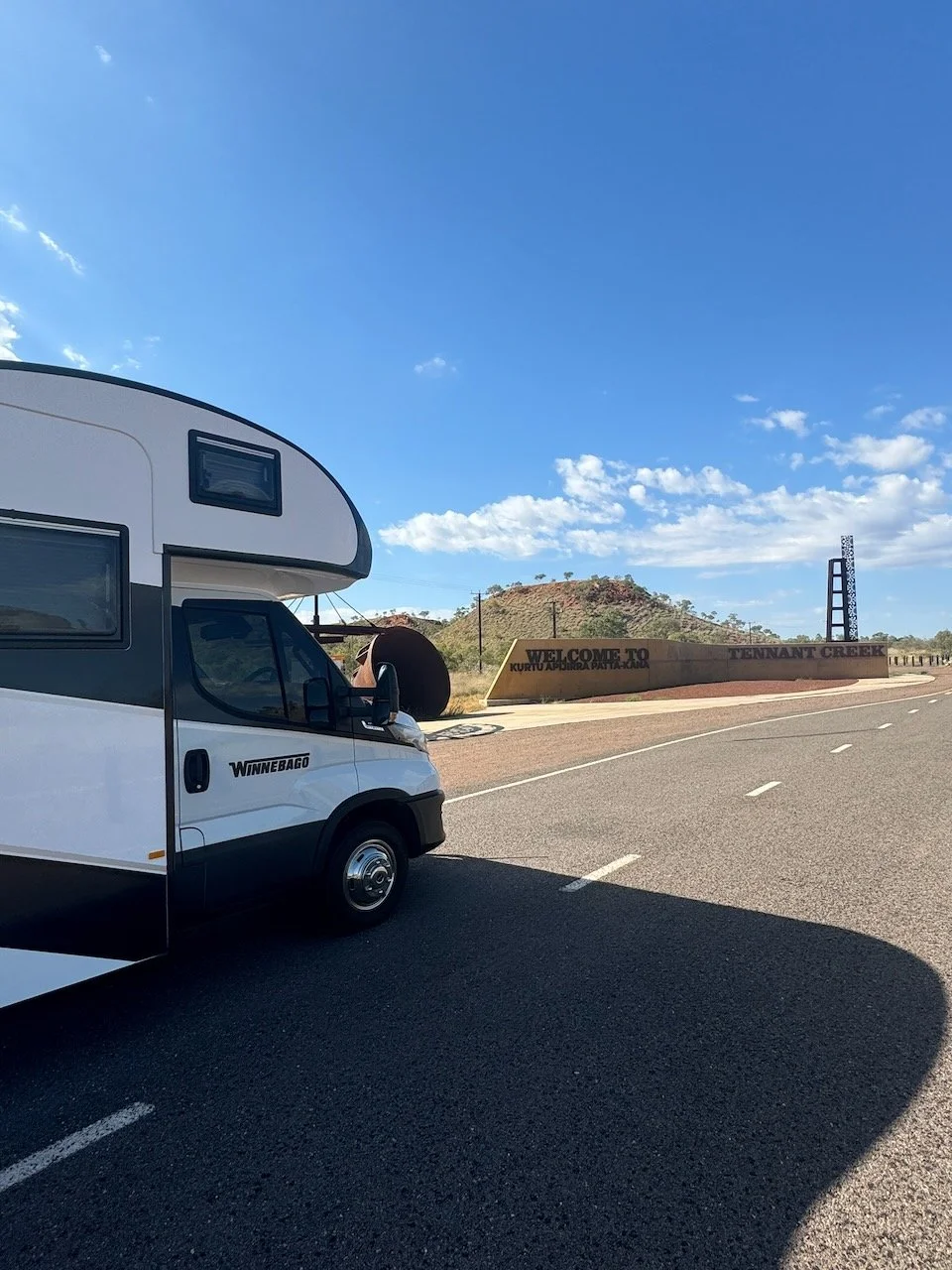
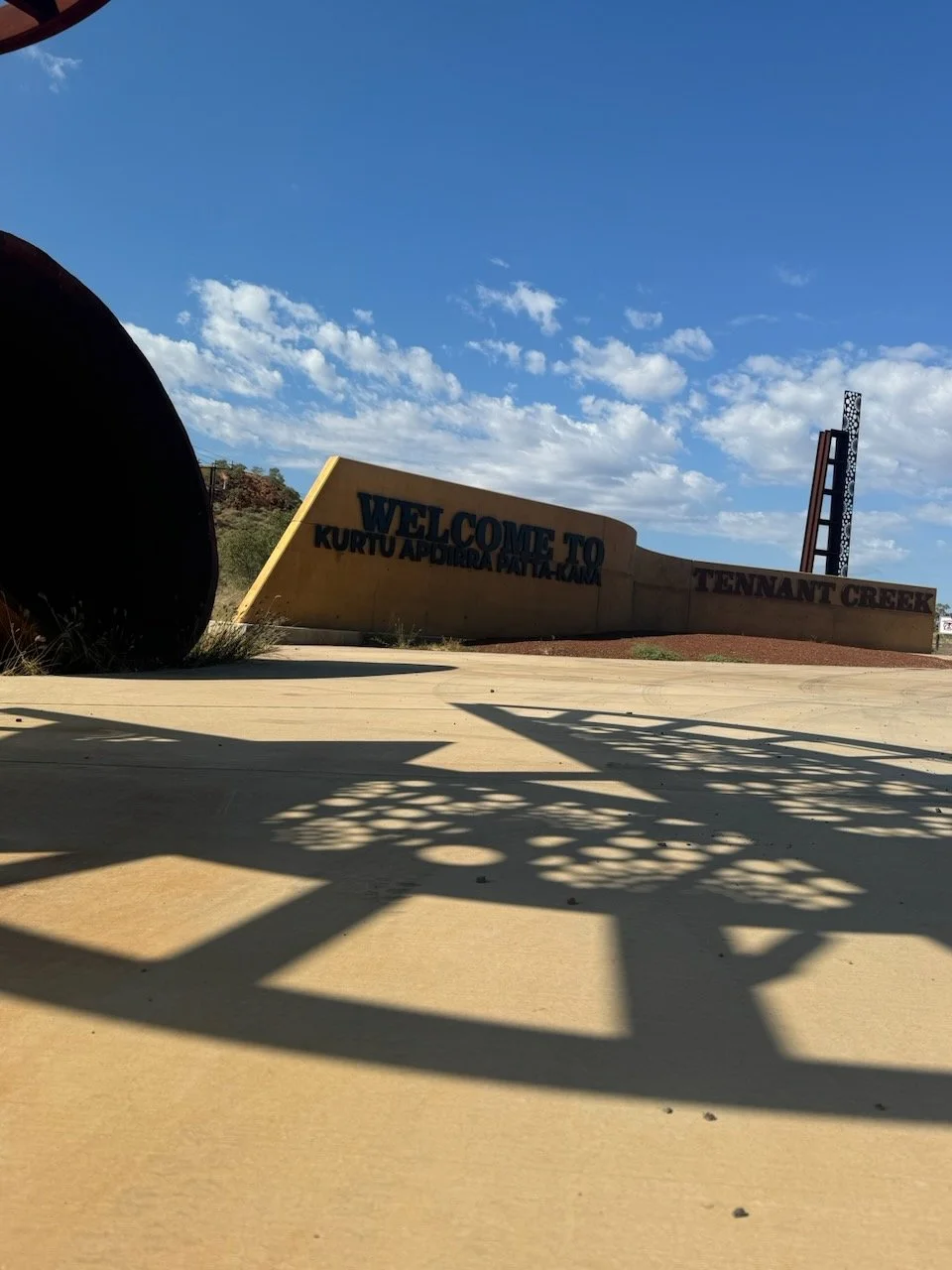
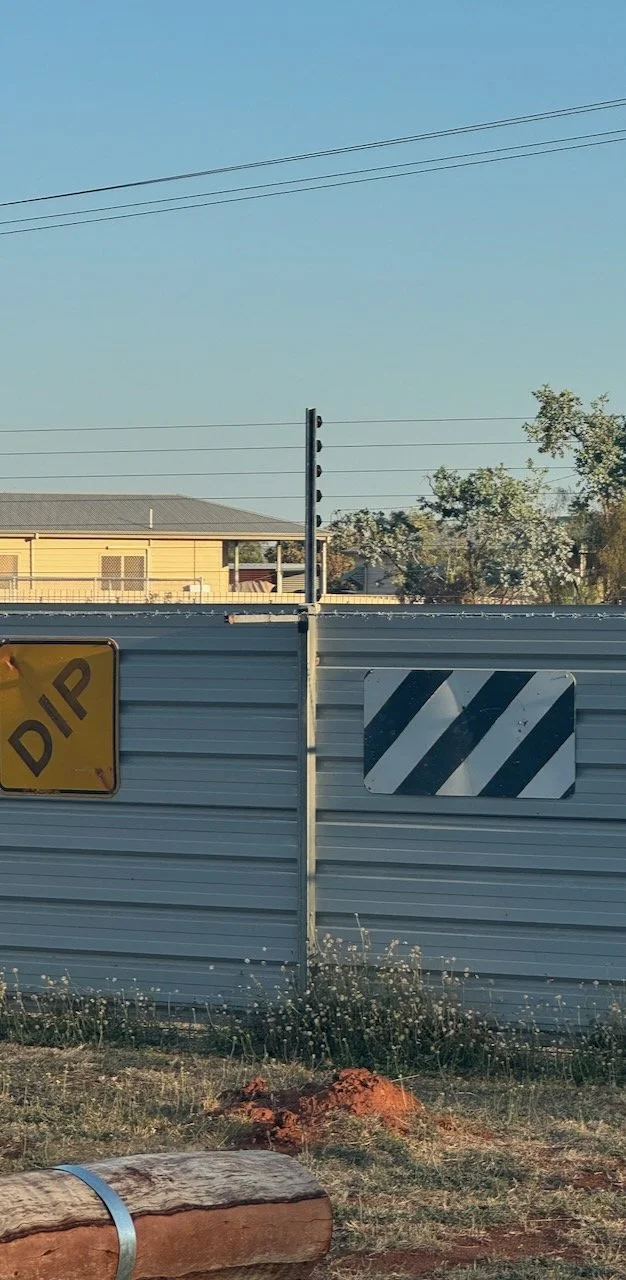
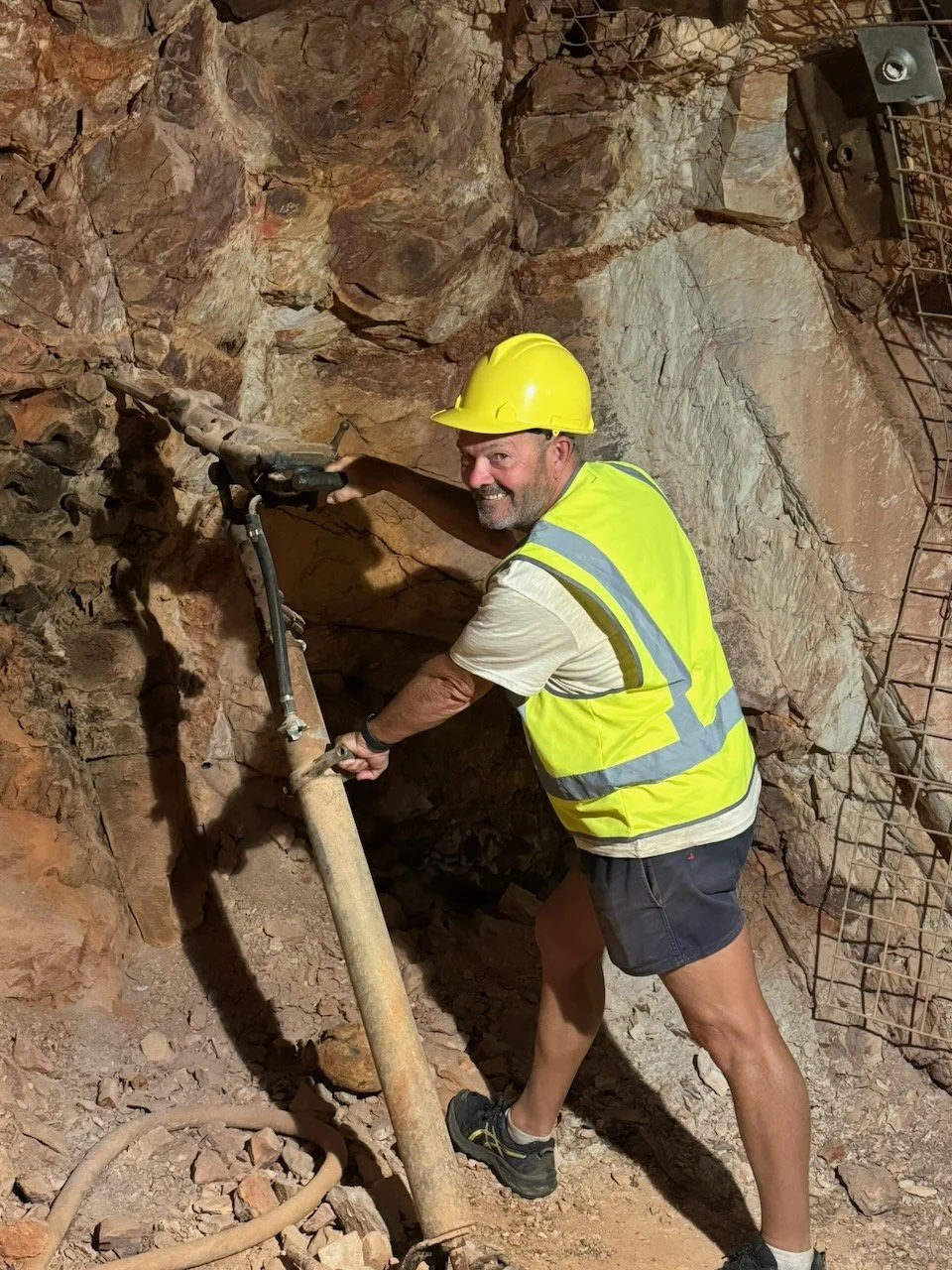
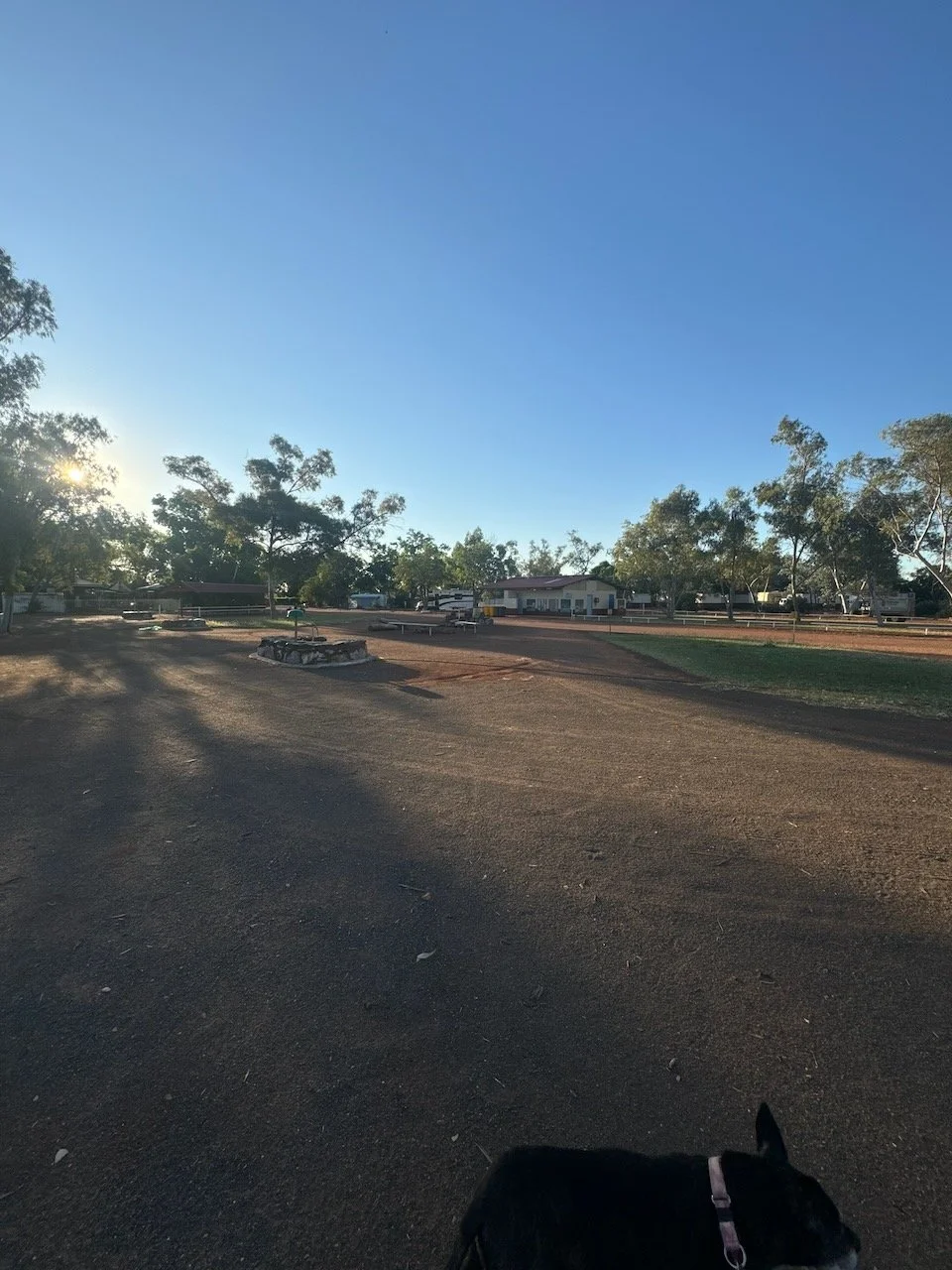





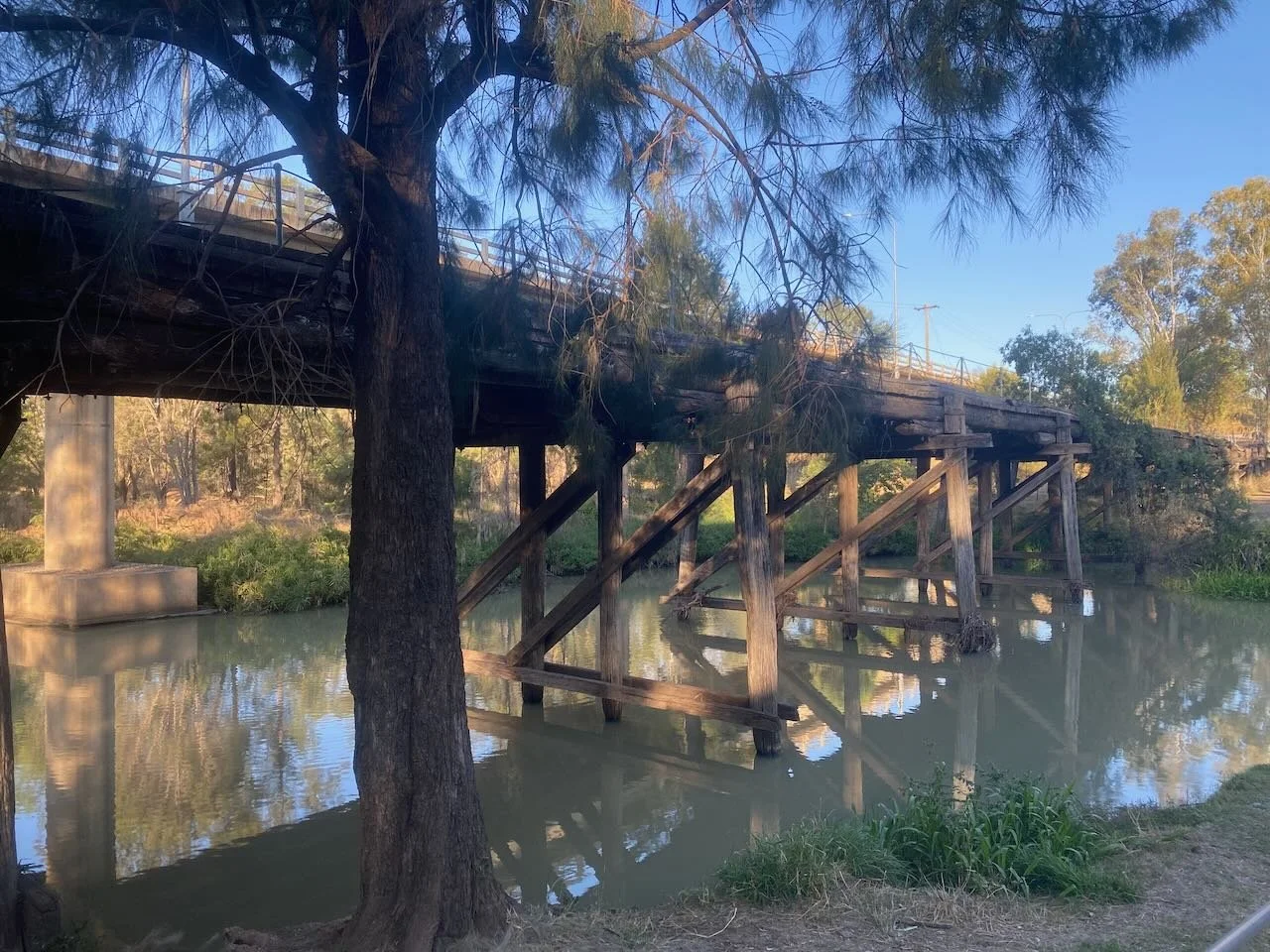
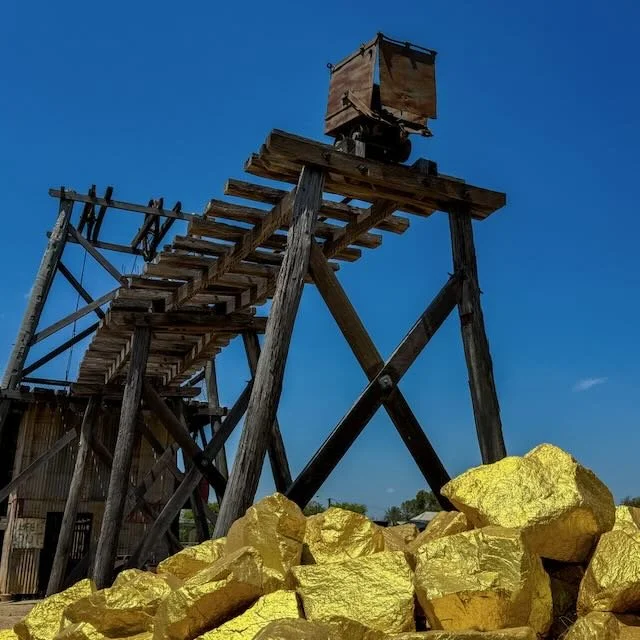



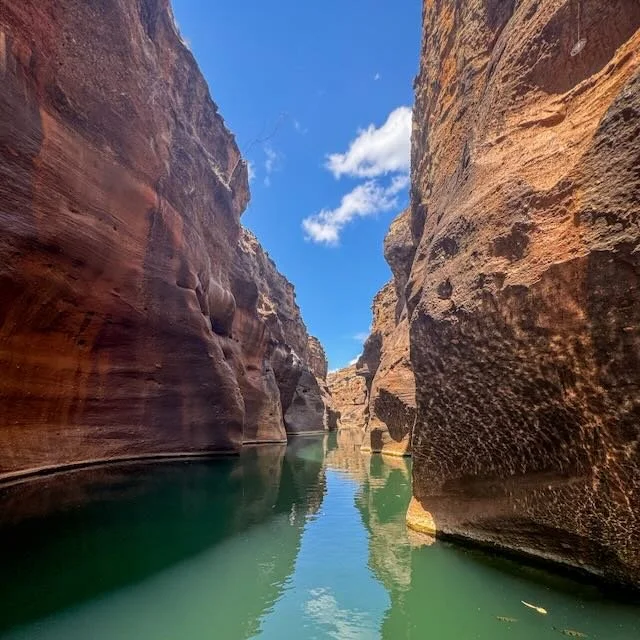

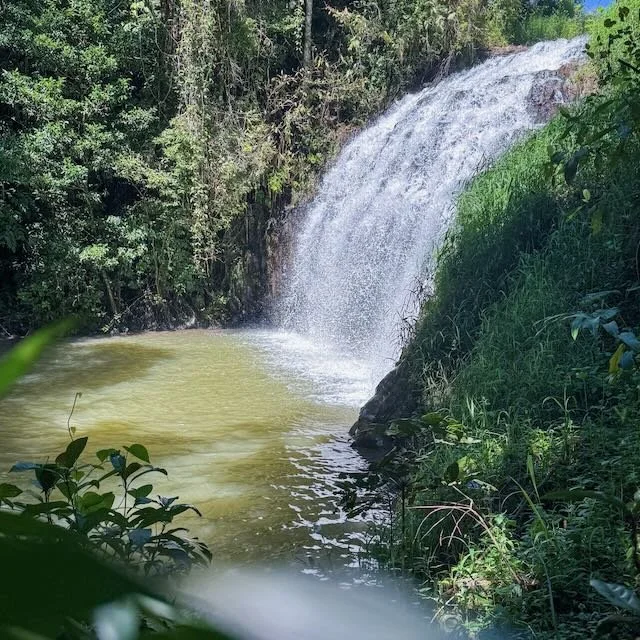

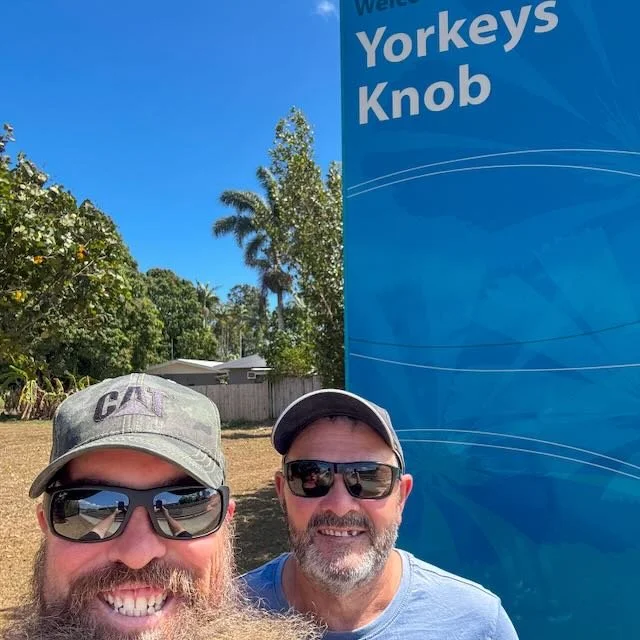
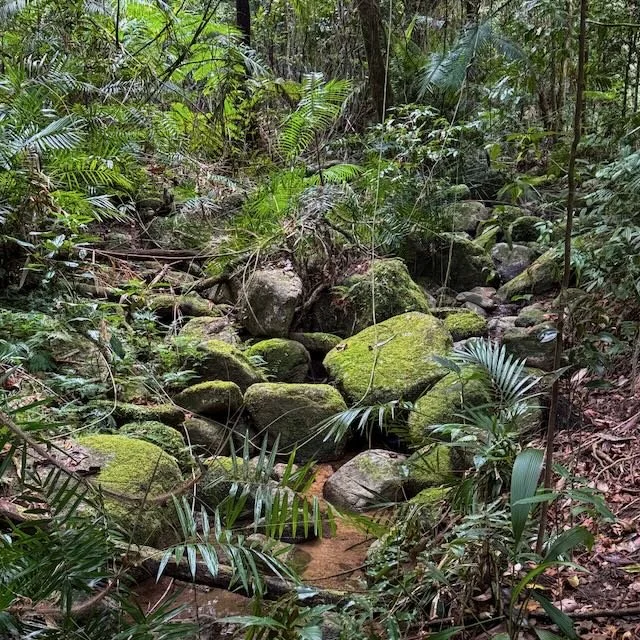
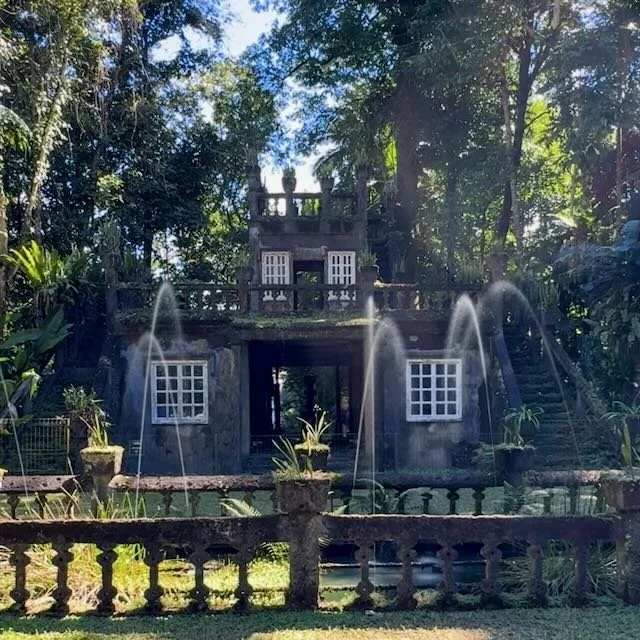




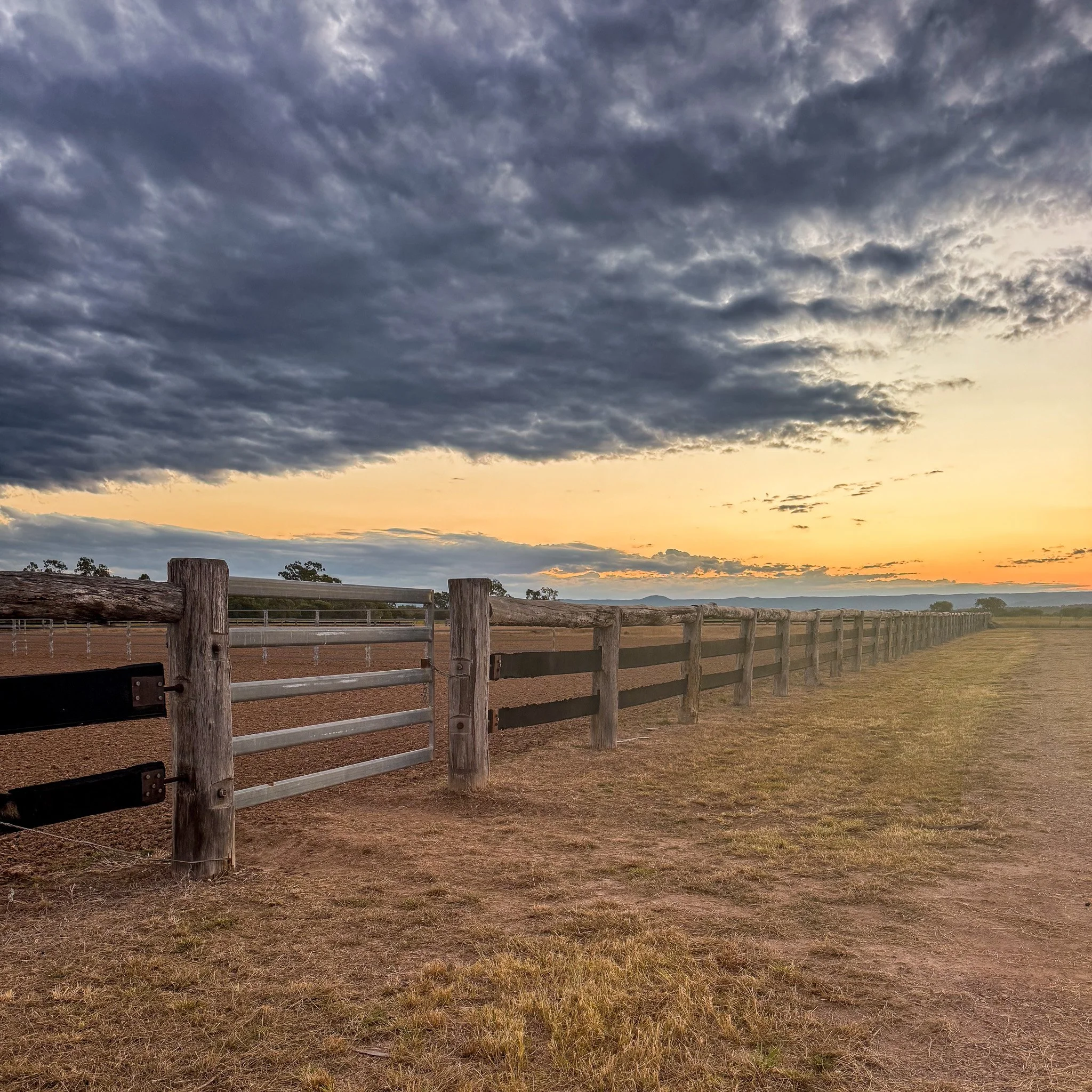

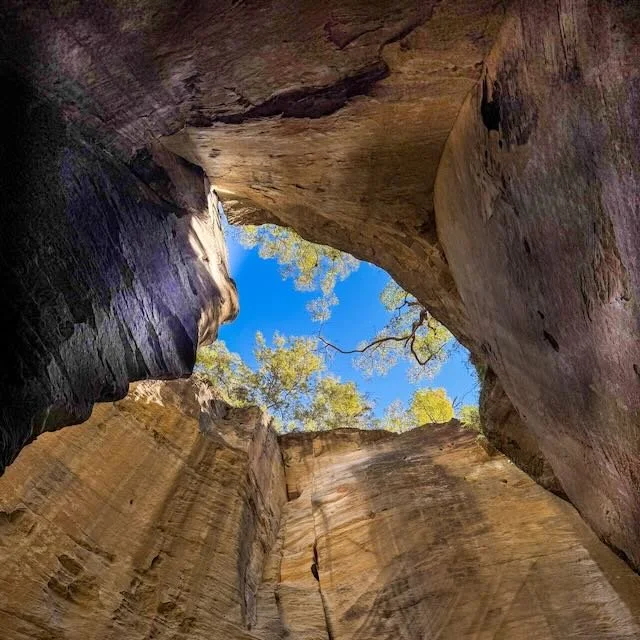


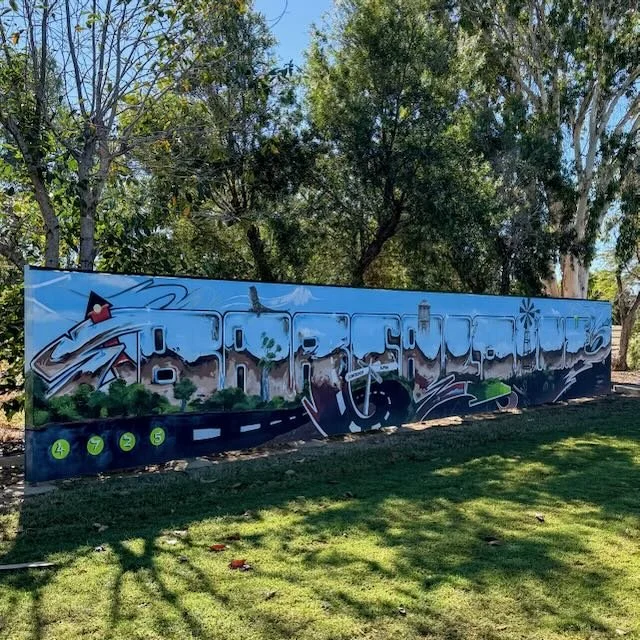
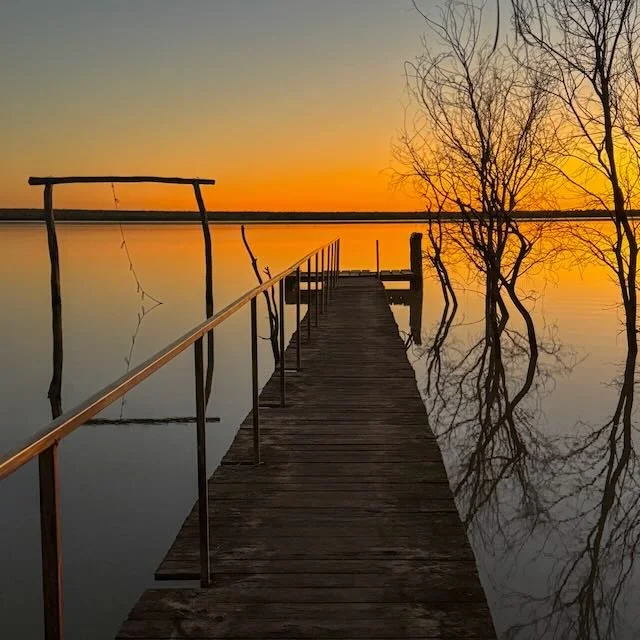
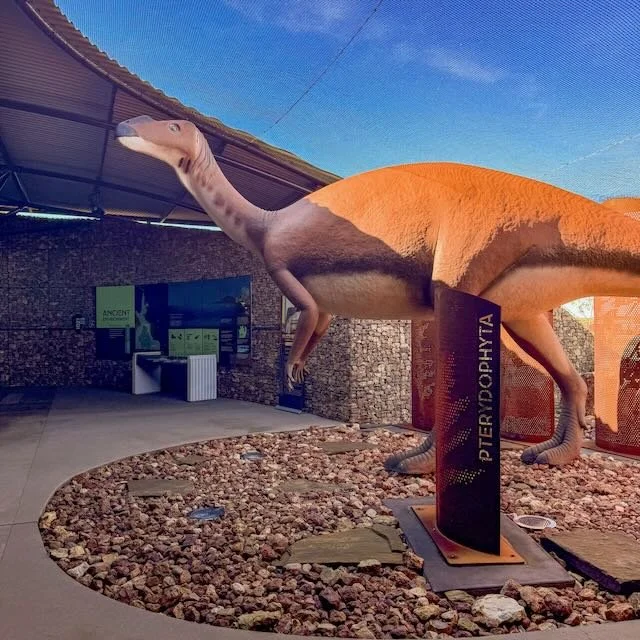

After braving Brisbane and the Gold Coast, Mullumbimby was an exhale. A leafy hinterland town of markets, vintage shops, and slow mornings at the showgrounds. Proof that the best stops aren’t always planned.